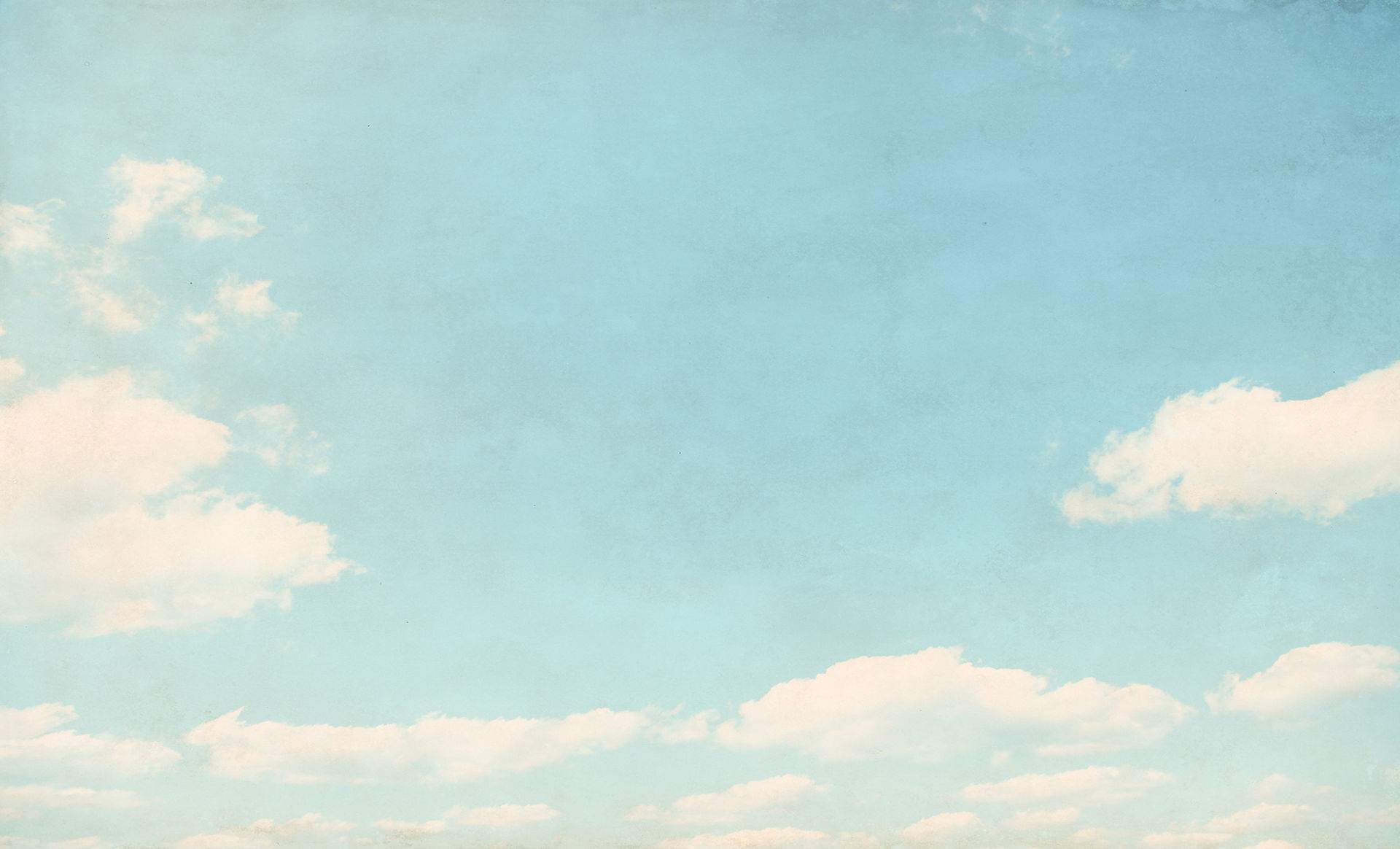
Indigenous Art

The Arrival of the Sun, 1962
Kenojuak Ashevak
Canadian (Inuit), 1927 - 2013
stonecut in black and yellow on japan paper
The arrival of the sun - or the winter solstice in areas where the sun did not disappear completely - was marked with festivities and special rituals by many Inuit groups. The "qulliq" or stone lamp might be extinguished and relit to signify the beginning of a new year. The cup-and-pin game known as "ajagaq" might be played to encourage the sun to come up higher. In this print, Kenojuak's interconnected bird forms surrounding the sun remind the viewer that, most importantly, with the light comes more plentiful game and easier times for the hunters and the people they feed. The making of this print is featured in the film "Eskimo Artist: Kenojuak."

Division of Meat, 1959
Tudlik Canadian (Inuit), 1890 - 1966
stonecut on wove japan paper
30.5 x 22.6 cm
Purchased 1960National Gallery of Canada (no. 9037) © Public Trustee of Nunavut. Estate of Tudlik
Already an Elder during his contributions to early graphic arts, Tudlik’s work has been exhibited widely yet remains somewhat mysterious in meaning. Kinngait artists have debated what this print – an unusual image – represents. One source indicates that it was taken from an incised walrus tusk. The image is believed to be either a flayed caribou or seal, however, its use of lines also draws parallels to Inuit string figures.
I have put this image to stress the fact that even if Inuit and Australian Aboriginal people never met each other, they were spiritually connected in some way as this printing shows.
X-ray depiction in animals are frequent in Inuit printing artworks as well as in Australian indigenous artworks.
Drawing for "The Owl", c. 1969
Kenojuak Ashevak
Canadian (Inuit), 1927 - 2013
felt pen on wove paper
45.5 x 61.1 cm
"Basically, I put out the colours I want to use and I don't just do the drawing all at once; I will stop and gather my thoughts and decide how I am going to go on. But when I do go on and come up with a new inspiration of something to put down it's still going to be set down in the colours that I had set out for that particular drawing.
I am not going to suddenly decide, oh well, this really needs a certain colour of orange, and go and find it somewhere; it's still going to be using the colours that I set out for that particular drawing. I do lay the colours out in a certain way; I make sense of the colours - they aren't just sitting there in a big jumble. I'll place two colours side by side that I feel would go well together, and so those are sitting right there kind of lined up in a way that is pleasing to my sense of colour. So when I have new ideas I am working on my own system of colouring."
- Kenojuak Ashevak, interview with Jean Blodgett, 1980

